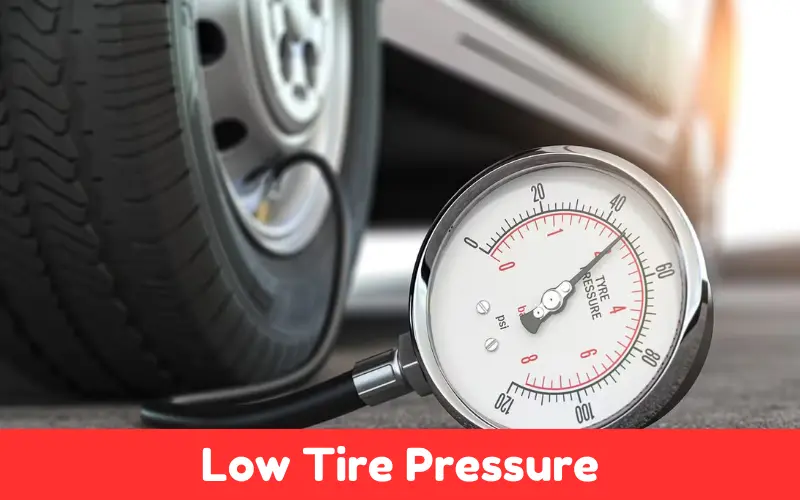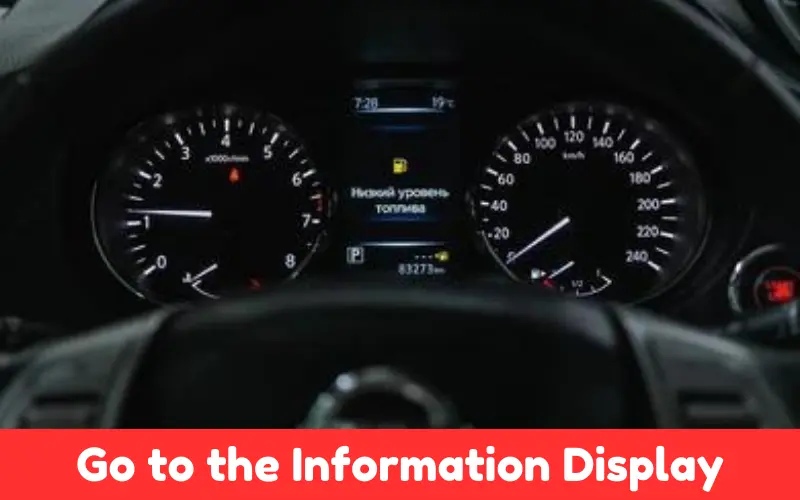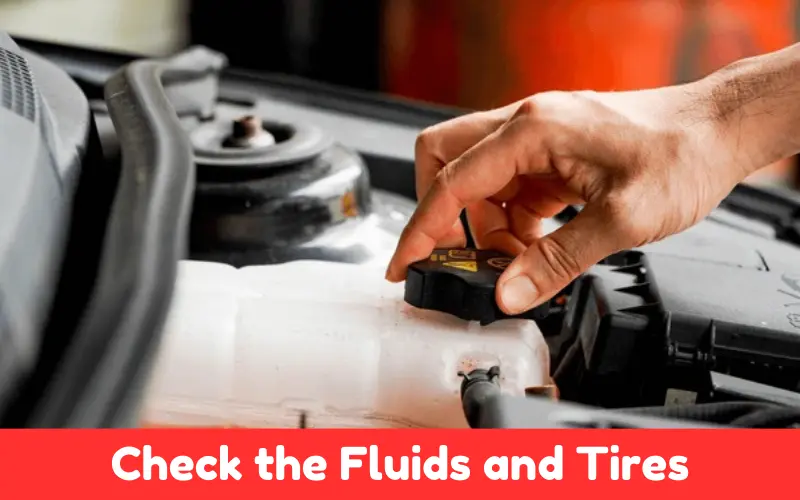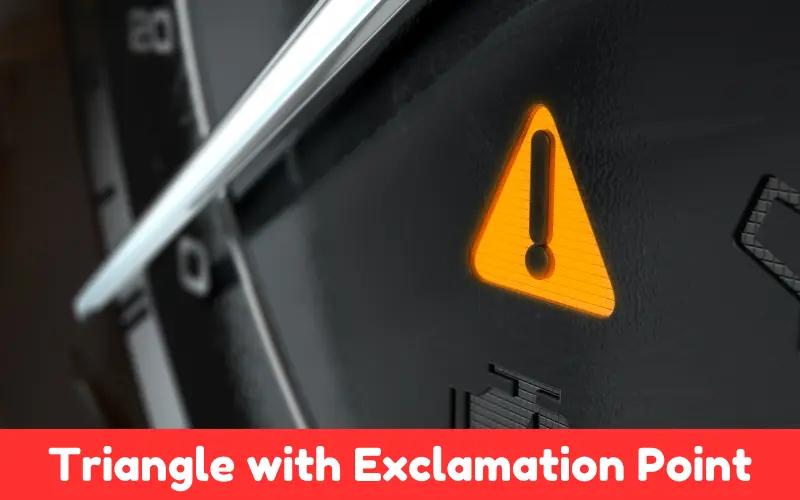If you drive a Nissan, you get all the reliability, performance, and innovation of a great car without the trouble of having to find your gas or change your own tires.
And when you drive a Nissan, you must know what all the warning lights on your dash indicate.
So, let’s take a look at this warning light and what you should do when you see a triangle with exclamation point Nissan.
Article Summary
Understanding the Master Warning Light
The naked exclamation mark triangle shown on the screen above is an exemplary light, a wildcard that tells you nothing about what the problem is but to look at the display for an explanation.
And if this light comes on, your car battery is probably going to die pretty soon. Here are some of its most common triggers:
Low Fuel: This is the most common cause of the master warning light being illuminated. If you are low on fuel, the warning will alert you to refuel.
Low Tire Pressure: If your tire pressure is low, the master warning light will appear. To solve this, check all the tires and inflate them to the correct pressure.

Reminder: This might be a reminder that your vehicle is ready for scheduled maintenance. Stop back at the dealership for an oil change, tire rotation, or other recommended service.
Door or Trunk Open: If one of your doors or the Trunk is not closed properly, this light will come on. Make sure all doors and the Trunk are closed.
Washer Fluid Low: A low windshield washer fluid reservoir can also trigger this light. Fill it up.
Steps To Take When Triangle with Exclamation Point Comes On
Triangle with an exclamation point is the master warning light, the general marker of a problem ranging from a minor issue under the hood to a potentially dangerous situation that requires you to pull over immediately and call a tow.
There’s one warning light in particular that could be easily construed as innocuous or a cause of a headache based on the problem it signals, and that’s the triangle with an exclamation point.
Understanding what causes this light to come on and knowing the best way to deal with the problem ensures that your Nissan functions and performs optimally and keeps you safe on the road.
Steps to take when triangle wit exclamatory point comes on:
1. Go To the Information Display
If the master warning light turns on, go to the information display (sometimes called the road information display or info display) as the first step to diagnose what’s wrong. The information displayed will be more specific.

2. Check for the Obvious
Is your fuel level low, are your doors open, or are your tires low in tire pressure? Correcting these deficiencies may well turn off the warning light.
3. Check The Makers Guide
If, after scanning the diagnostics display, we still can’t identify the cause of the warning light, we should look for more details in the Makers Guide.
It provides lots of text about what the warning light means and what we should do.
4. Take It To A Dealer
If you can’t fix the issue, or the light stays on after you’ve addressed the most obvious problems, then get it towed to a Nissan service center and have a certified dealer take a look.
How To Prevent Triangle with Exclamation Point Nissan
Maintenance: Regular maintenance is the easiest way to prevent warning lights. Follow the schedule for oil changes, tire rotations, and other services in your owner’s manual.
Check the Fluids and Tires: Get in the habit of checking your fluids and tires. This way, you can address a low oil level, for example, before it illuminates the warning light.

Listen to Your Vehicle: Get familiar with what your car sounds and feels like when it’s operating normally. If you notice something different, it might indicate a problem that could lead to more serious issues if you don’t address it.
FAQs on Triangle with Exclamation Point Nissan
What Does the Triangle with An Exclamation Point Warning Light Mean?
The Triangle warning light with the exclamation point indicates a general problem that requires your attention. It could be a simple low fuel or low tire pressure, or the vehicle may need scheduled service.
How Do I Find Out What the Warning Light Specifically Means?
When the master warning light illuminates, refer to your information display. Here, you will find more detailed information about the given indication. Your owner’s manual also explains what the warning lights mean in more detail.
Can I Continue Driving If the Warning Light is On?
It depends on the nature of the issue. If it is a minor warning like your fuel is low, you can continue driving, but you should try to get fuel in your vehicle soon. If your washer fluid is low, so it’s mixed with your wipers, change your washer fluid at a gas station, but in these cases, you can continue driving. However, in the case of low tire pressure, open door, or other issues that are marked as a malfunction, you should fix those problems immediately, and if you are not sure you can drive your vehicle, then it is best to get it inspected by a mechanic.
How Can I Prevent the Warning Light From Coming On?
Keep up with your vehicle’s maintenance schedule, regularly check your fluid levels, check that your tires are properly inflated, and service and repair small things before they become big things.
What Should I Do If the Master Warning Light Remains On?
But if the master warning light stays on after you’ve solved the indicated problem, there might be another problem that needs to be addressed. Look in the information display again for any additional messages. If you can’t figure out or fix the problem, go to a qualified Nissan dealer for a professional inspection and diagnosis.
Conclusion
The triangle with the exclamation mark on your Nissan’s display is for general warning. Check the information displayed and deal with some problems by yourself. Those common problems are easy to find out.
Every time, you should have regular maintenance and check your car carefully in case all of the warning symbols come out. When in doubt, of course, always take the Nissan to the professional center.

